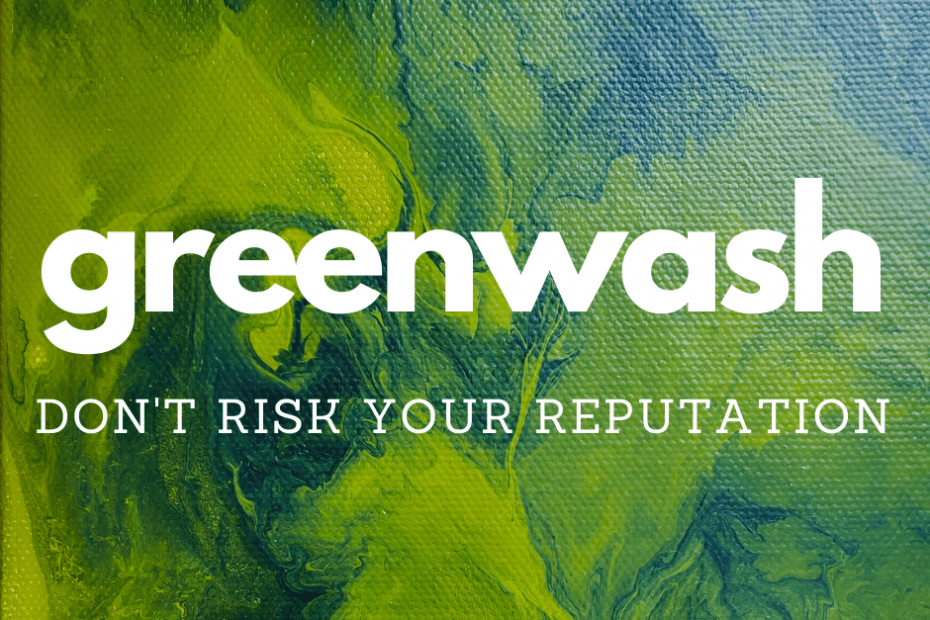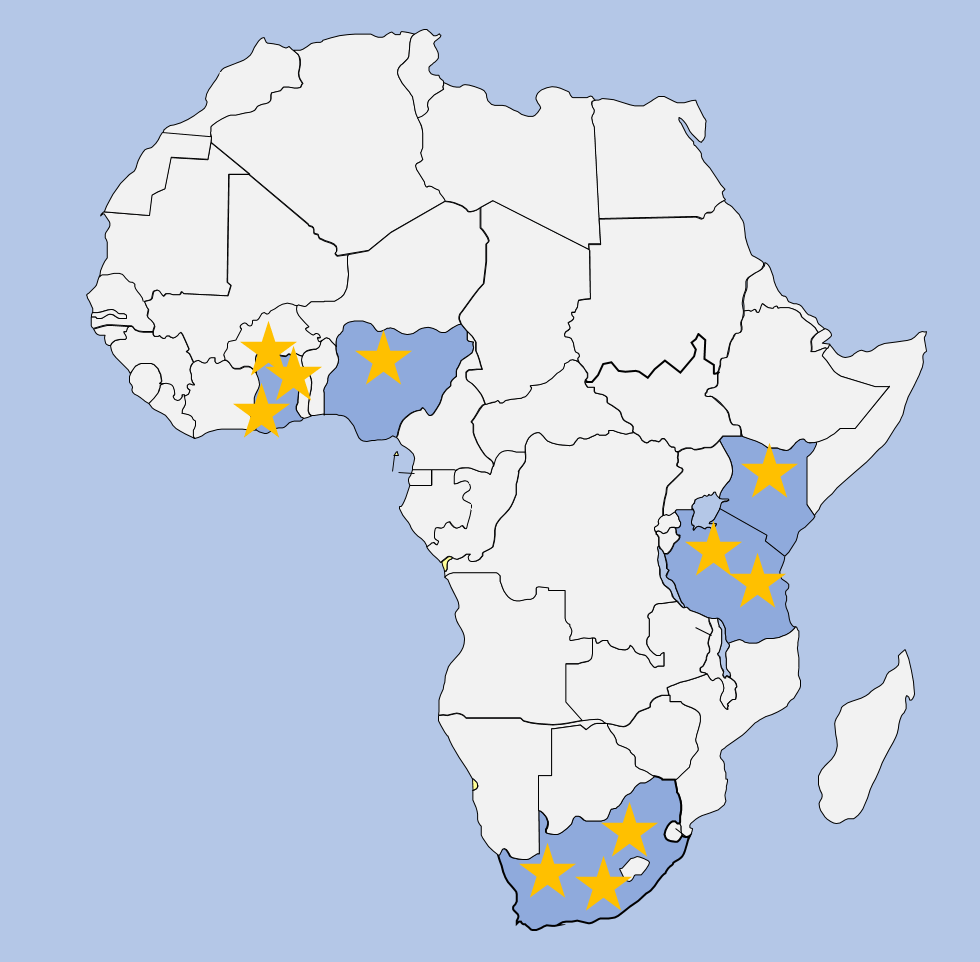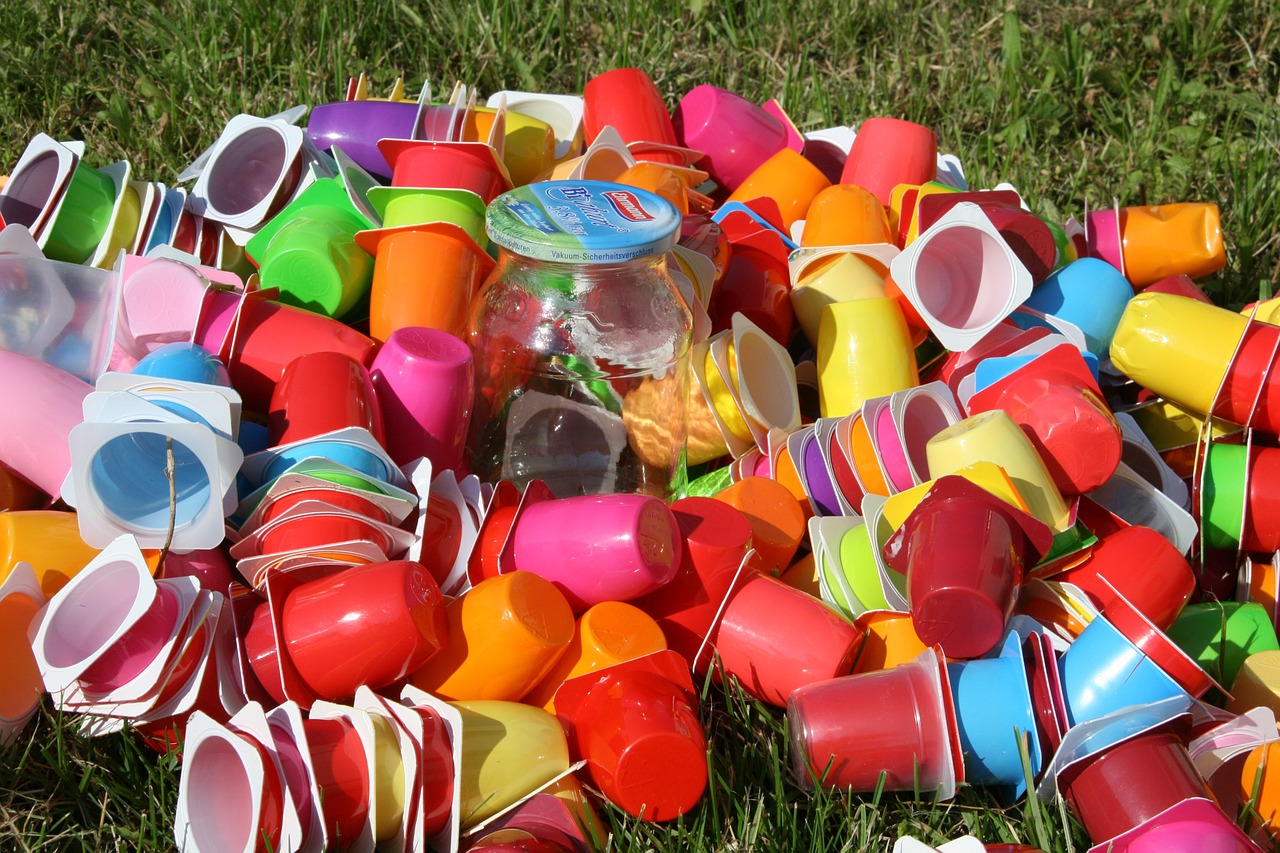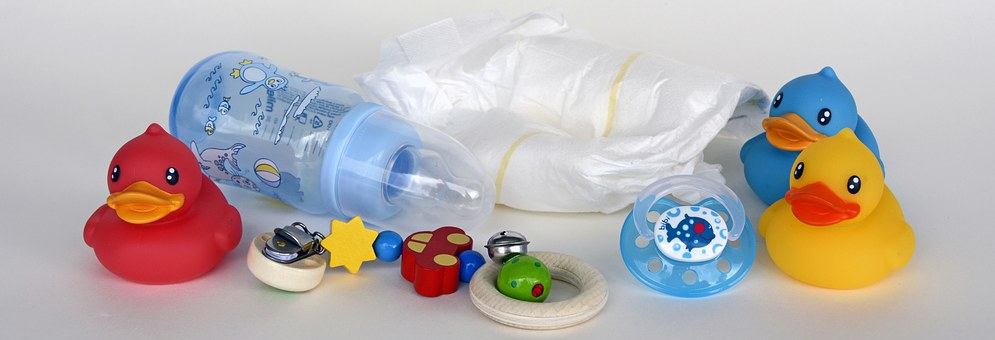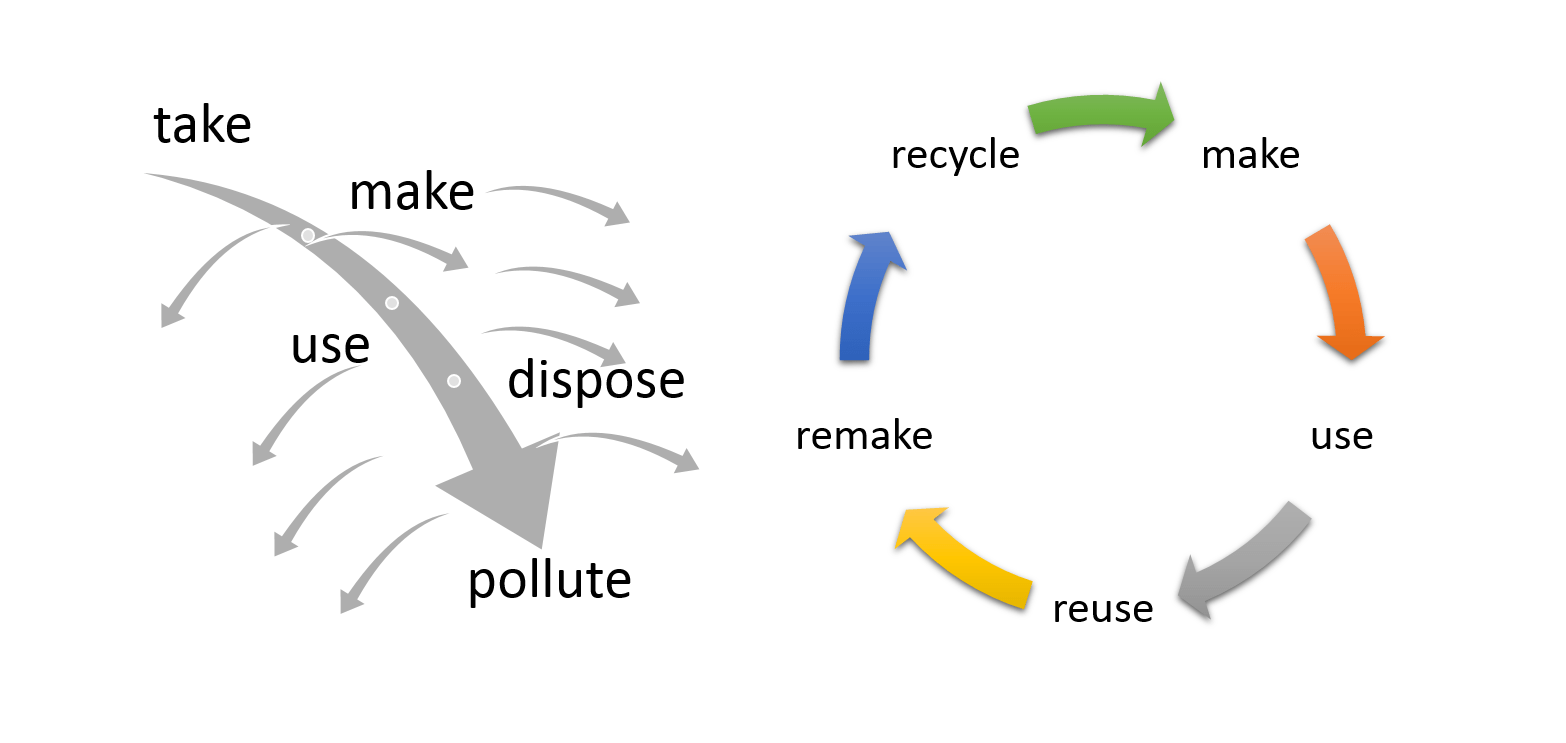Image by Catherine Weetman, adapted from photo of ‘Greenwash from Slytherin’ painting at JeneGallery by Jene Stephaniuk on Unsplash
We explore why greenwashing (and circular-washing) undermines the work of ALL those pushing sustainability forward, ways you can guard against it in your own work, and how startups are proving that circular creates value for people and planet.
6 minute read
According to Google Trends, searches for ‘greenwashing’ reached an all-time high last month, easily surpassing earlier peaks in 2008 and 2012. At the end of March, financial website Bloomberg reported that investors, willing to pay a premium and accept lower interest rates for ‘green bonds’, are now waking up to the possibility that governments and companies are exaggerating, or even misrepresenting the sustainability or environmental credentials of those ‘green’ investments. Bloomberg gives examples of investors are fighting back by publicly rejecting bonds, either on the grounds that the claims don’t stack up, or that basis of the investment is something the company would do anyway.
Patagonia, the outdoor gear and clothing company that has been integrating circular approaches for decades, published an article on greenwashing recently. Patagonia asked New York based journalist, Elizabeth Cline (author of two books, including Overdressed: The Shockingly High Cost of Cheap Fashion) to write about greenwashing in the clothing sector. Cline said she’d only accept the assignment if she could write it as an independent journalist. Patagonia said ‘Her reporting made us nervous, but that’s the point. We need external experts to keep us honest. Not only did she do that, [Cline] reinforced why “eco-friendly” and “sustainable” are on our internal list of dirty, banned buzzwords.’
“eco-friendly” and “sustainable” are on our internal list of dirty, banned buzzwords.
Patagonia, Inc.
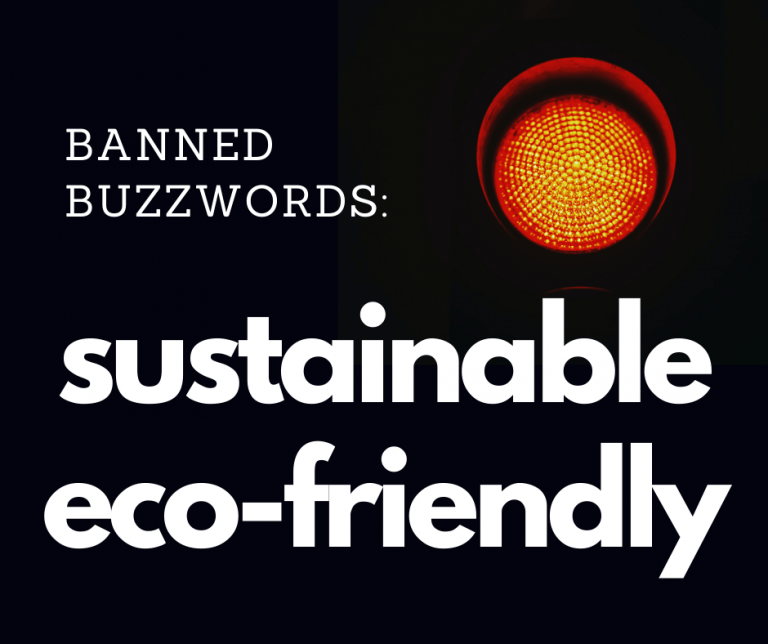
Undermining the work of those trying to accelerate sustainability
Cline interviews people pushing the textile and fashion sectors towards more sustainable outcomes. Their opinions vary: some think greenwashing comes from a lack of knowledge, while others see it as a cynical marketing ploy. Cline concludes that the problem of credibility doesn’t just affect claims to be ‘green’, ‘eco’ or other buzzwords – it’s also undermining the work of those trying to accelerate sustainability.
The credibility issue doesn’t only apply to companies trying to burnish their image. Those at the forefront of sustainability movements could do more fact-checking. The article highlights an investigation published in the NY Times, unpicking the ‘definitive, and damning, pronouncement that the fashion industry is the second most polluting industry in the world.’ The NY Times article says the problem with that claim is that there’s no published evidence for it.
However, you may remember this ‘fact’ was picked up and used by trusted organizations, including in the Ellen MacArthur Foundation’s report ‘A New Textiles Economy’ (see the Executive Summary and page 20). Here’s an excerpt: ‘In 2015, greenhouse gas (GHG) emissions from textiles production totalled 1.2 billion tonnes of CO2 equivalent, more than those of all international flights and maritime shipping combined.’ The figures are referenced to calculations by report ‘knowledge partner’ McKinsey and a report from the International Energy Agency.
The ‘2nd most polluting’ claim also featured in a ‘myth-busting’ episode of the Sustainable Fashion Academy’s Big Closets, Small Planet podcast back in 2020. The podcast occasionally investigates “factoids” in fashion and sustainability, to work out whether they are substantive and useful. It defines a “factoid” as ‘information that is reported and repeated so often that it becomes accepted as fact.’
The challenge of transparency in a complex world
For Elizabeth Cline, there are structural reasons why the fashion industry’s claims about sustainability don’t ring true. Fashion’s extended supply chain, with a complex network of suppliers on different continents, means that transparency is incredibly challenging. In Cline’s article, Ashley Gill, director of standards at Textile Exchange, a non-profit that sets guidelines around sustainable fibre claims, says: ‘Almost no one can map to the raw material level across their entire portfolio.’ Cline’s conclusion is that most brands are making claims about a part of their business they know little about.

Cline also highlights the ‘interconnected problems of low price and huge scale in the apparel industry.’ That chimes with my view, that the biggest problem with ‘business as usual’ (our linear, throughput economy) is the relentless pressure for top-line revenue growth – “sell more”. The push for cheaper prices means low-cost materials that don’t wash and wear well, low-cost production methods resulting in clothes that fit badly and aren’t durable, the use of cheaper, synthetic chemicals for dyes and finishes, and of course sourcing from low-cost economies where it’s unlikely that employees have secure employment and earn a living wage.
That pressure for revenue growth affects all sectors, with companies like global food producer Danone under pressure from activist investors. Danone’s chief executive and chairman, Emmanuel Faber, stepped down in March, after activist shareholders called for his removal. The activist companies, which owned less than 6% of the shares, blame Faber for ‘a combination of poor operational record and questionable capital allocation choices’. And yet Danone was trying to put sustainability and social value at the heart of its strategy, for example through its ‘ambition to become one of the first certified B Corp multinationals’, with approximately 50% of Danone’s global sales now covered by B Corp™ certification. Despite this, reports quote one investor saying that Faber’s Danone ‘did not manage to strike the right balance between shareholder value creation and sustainability’.
Fast everything
As large brands awaken to the realisation that people want sustainable, responsible products, it becomes tempting to create “environmentally friendly collections” or a handful of “circular” products and market those as a “green” transformation. I highlight some examples in my recent blog: Plastics – the good, the (less) bad and the ugly. Every week brings still more ‘sustainable materials’ (with vague definitions behind the ‘S’ word’). Miko Underwood, designer and founder of sustainable line Oak & Acorn, talking about some of the big players in clothing, says ‘[Sustainability] becomes a catchphrase, a gimmick for them.’
Overplaying the impact of ‘sustainable’ materials undermines your reputation. For fashion, we see headlines about commitments to some recycled content; switching to natural fibres like cotton, that have a heavy ecological footprint; or switching to man-made fibres like bamboo or cellulosic fibres but that don’t use closed-loop manufacturing processes and so again have a heavy environmental footprint.
But it feels like all the PR and hype is about marginal sustainability gains – just a bit ‘less bad’; instead, we need transformational change in the race to zero carbon and ecosystem restoration. For fashion, this would mean encouraging us to buy fewer clothes, and keep them for much longer – or be confident that they are stylish and durable enough to sell or pass on after we’ve finished with them. This requires transformational change – and for big brands, this is like turning the proverbial super-tanker around.
Small (and slow) is beautiful
Perhaps the real changes will come from smaller brands and startups, getting noticed for strategies that make positive changes, and so disrupting the fast-everything model. UK womenswear brand Baukjen is a great example of a company leading on circular and ethical approaches, announcing recently that it was ‘proud to have been certified as the highest scoring fashion B Corp in the UK and the second highest in Europe, with a rating of “outstanding”.’ You can read more about Baukjen’s approach in my blog Fashion: from fast and forgettable to slow and sustainable – why purpose-driven brands like Baukjen and Isabella Oliver are choosing circular strategies. You can also hear Baukjen’s founder Geoff van Sonsbeeck tell the story himself in Episode 25 of the Circular Economy Podcast.

Many of my podcast guests are building businesses that aim to close the ‘circularity gap’ designing products and services that close the loop on waste from linear processes. Rype Office remanufactures beautiful, low-carbon office furniture (that also saves money, reduces waste and creates social value), Circular Computing remanufactures carbon-neutral high-end laptops, Circular&Co designs circular products and sells the Circular Cup – ‘the world’s first, 100% leakproof reusable coffee cup’, made from single-use paper cups, with a 10-year design life, which can be returned at the end of life for recycling into another cup. Using ‘semi-circular’ approaches can target those gaps and create significant value for people and planet. Check out our interactive podcast index to find these and lots more circular economy pioneers.
Share what you learn
Ultimately, the success of your business depends on engaging with customers who will reward you with their loyalty and custom. People – employees, suppliers, shareholders and local communities, as well as customers – will put their trust in those brands working to make a better world, for all of.
We think that means developing strategies to create and circulate value, to design systems where ‘waste is food’ for another industrial process or for nature, and to ensure all materials are truly sustainable, and safe for humans and living systems at every stage of the process.
Circular is a journey, not a destination. Circular systems are not enough to restore our damaged planet and societies, but they’re an essential part of your toolkit. And, instead of publishing PR that risks looking like greenwash (or circular-wash), we like the advice of Daniel Goleman, author of Emotional Intelligence: ‘know your impacts, favour improvement, share what you learn’.[i]
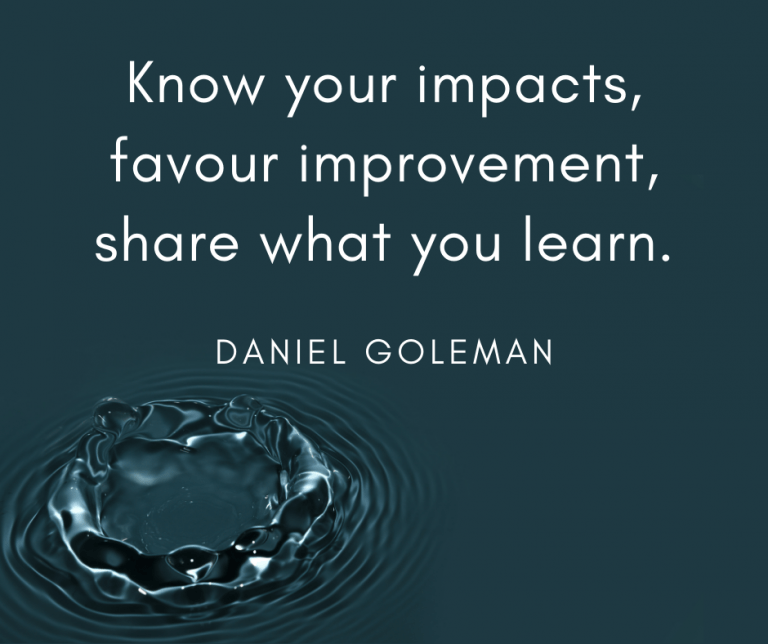
A greenwash checklist
Here’s our list of what to avoid when communicating the sustainability stories for your organisation:
- Is sustainability at the heart of your business, so people will see this initiative as a good fit with your strategy?
- Are you making claims about parts of your supply chain that you can’t be certain about?
- Are you being honest about your progress and problems? Highlighting issues and sharing information on barriers and complexities?
- Are your references from reliable sources, and open-sourced? If they seem shocking, should you dig deeper? Are they peer-reviewed, or are there similar (not repeated) figures coming up from different sources?
- Are you making real progress towards slow and sustainable, instead of trying to provide a guilt-reducing story that still fuels ‘fast and forgettable’ sales growth?
- And finally, are you using ‘green’ buzzwords?
[i] Daniel Goleman, quoted in The Responsible Company (2016) by Yvon Chouinard and Vincent Stanley, Patagonia, p64
Catherine Weetman advises businesses, gives workshops & talks, and writes about the circular economy. Her award-winning Circular Economy Handbook explains the concept and practicalities, in plain English. It includes lots of real examples and tips on getting started.
To find out more about the circular economy, why not listen to Episode 1 of the Circular Economy Podcast, read our guide: What is the Circular Economy, or stay in touch to get the latest episode and insights, straight to your inbox…
